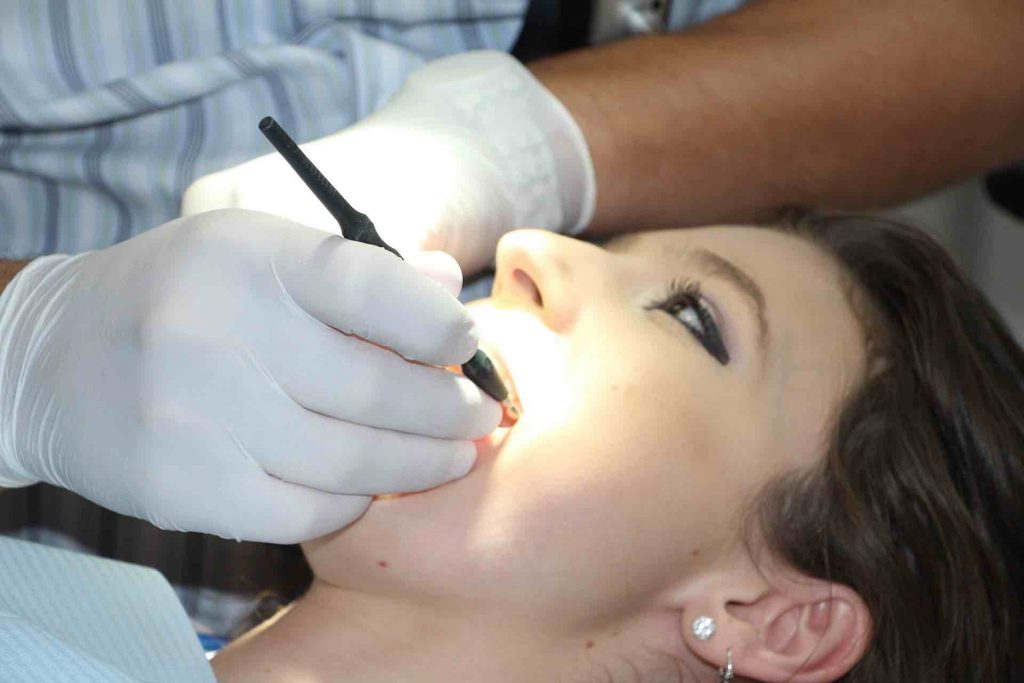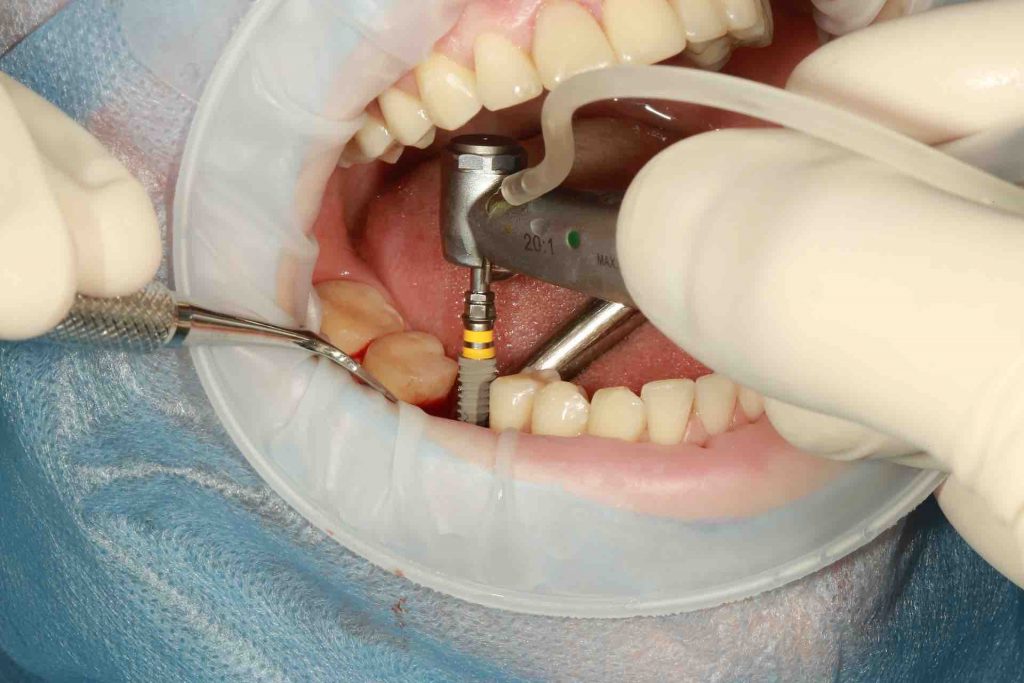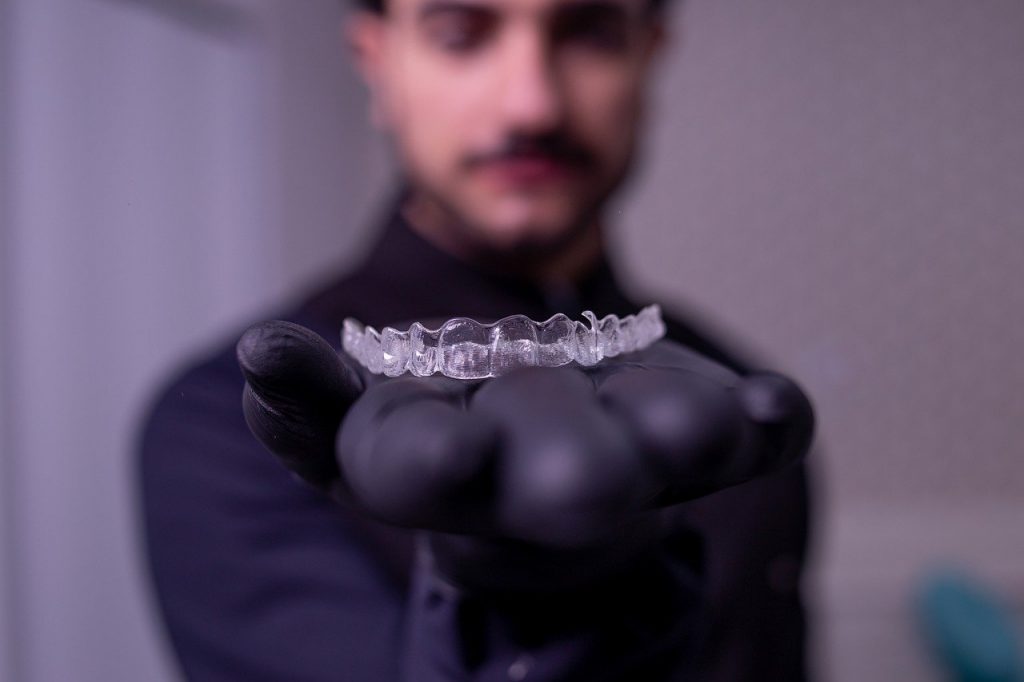
Crowns
There are a few different reasons as to why you may need a crown, and it is a cap that is placed over the top of your tooth to protect it. You may need this if you have discoloured fillings and you want to improve the appearance, giving you a more appealing smile. They can also be used to protect your tooth after you have had a filling done. This gives you the freedom to use your tooth as normal with less pain due to your tooth being protected.
Tooth extractions
Sometimes, things can happen to your teeth that are beyond repair, such as a bad breakage or severe gum disease, and this is when your dentist Coorparoo will have to extract your tooth. This is a routine procedure, and they can usually perform it very efficiently. You may need an x-ray before the tooth is extracted, so that they can get a better look at the bone structure underneath the damaged tooth. Wisdom teeth removals are also very common, because they usually start coming through in your teen years or early adult life. Due to this, sometimes there isn’t enough space between your other teeth for it to fully grow in. This can cause a lot of pain and can put your other teeth at risk, so the wisdom teeth will be removed to protect them.
Chipped tooth
Accidents can happen, and you may knock your tooth and crack it during an accident, and if this occurs, there are some things that can be done to try and protect it. If you have a small chip, it might be able to get repaired with a filling, which will fill in any gaps in the tooth and harden to help maintain shape and strength. When a larger piece of the tooth has broken away, your dentist can cover it with a crown, which is a cap for your tooth that will cover and protect it. Veneers are also another option if you have had more severe damage to the tooth. They are a thin piece of tooth shaped material that is attached to the front of your tooth, which covers any damage and helps to restore your smile.
White fillings
If you have a damaged tooth due to a breakage or decay, then a filling could be a good option that can be provided for you to help with it. Your dentist will make sure to clean the area and remove any decay that might be in the tooth, and then use a tooth-coloured composite material to fill in the gaps. This helps with both the structure of your tooth, and the appearance of your smile. Fillings can usually be done in just one appointment, which is great if you are looking for a quick help for a damaged tooth.
Root canal
A root canal treatment is given if the pulp on the inside of someone’s tooth has become infected, which could be due to the tooth being injured, or from decay. If the infection goes untreated, it could spread to your other teeth. Local anaesthetic can be given to minimise discomfort during the procedure. The root canal system of the tooth will be accessed using a drill, and a thorough cleaning will be done, as well as removing any decay/infection from the tooth. After this, the tooth will be temporarily filled and you will have an appointment at a later date when all of the infection has cleared to permanently fill your tooth.
Disclaimer: Any surgical or invasive procedure carries risks. Before proceeding you should seek a second opinion from an appropriately qualified health practitioner.





